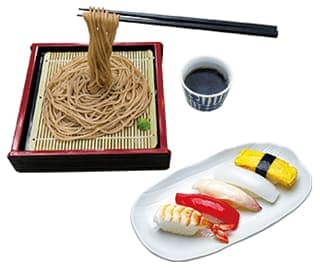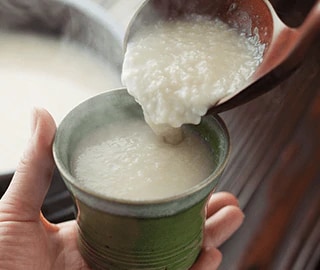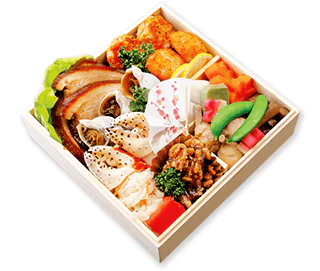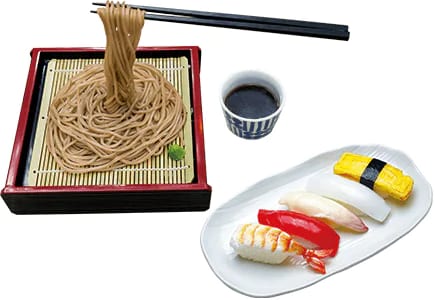
Outside the entrance to any variety of eateries—whether a family restaurant, café, sushi shop or ice cream parlor—chances are there is a showcase of realistic food models on display, literally illustrating the menu. People gather around the array of dishes and decide whether or not to enter, simply by looking over these true-to-life food replicas. Japan’s food samples have long been famous among tourists who cannot read Japanese menus, helping them understand what is available and how to order.
Designed to be as tempting as possible
Japan’s food samples originated some one hundred years ago. In the early 1920s, triggered in part when urban department stores opened cafeterias, Tokyo’s Shirokiya department store was the first to set out wax samples of their dishes so people could see in advance what to expect. Around 1990, those paraffin wax samples began to be made of more durable vinyl chloride, which allowed them to appear more authentic. Today they are a common sight at many restaurants, as well as in food shops where, for example, customers may make their selections by comparing the different fillings of models of cut-open manju (adzuki-filled buns). Beyond restaurants and stores, miniature food sample accessories such as magnets and mobile phone charms are popular as collectibles or souvenirs.
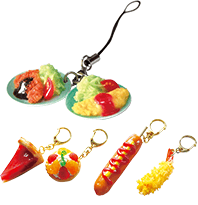
sample accessories
Many food samples are custom-made to reflect the unique ingredients and specialties of individual businesses and, given their tremendous influence on customer preferences, they are designed to look as tempting as possible: eye-catching compositions include a fork hovering over a plate of pasta, or chopsticks lifting noodles from a bamboo tray of soba. In fact, hyper-realistic replicas of foods such as fried rice, tempura or noodles are often the result of meticulous handcrafting, and their elaborate details stimulate the appetite.

